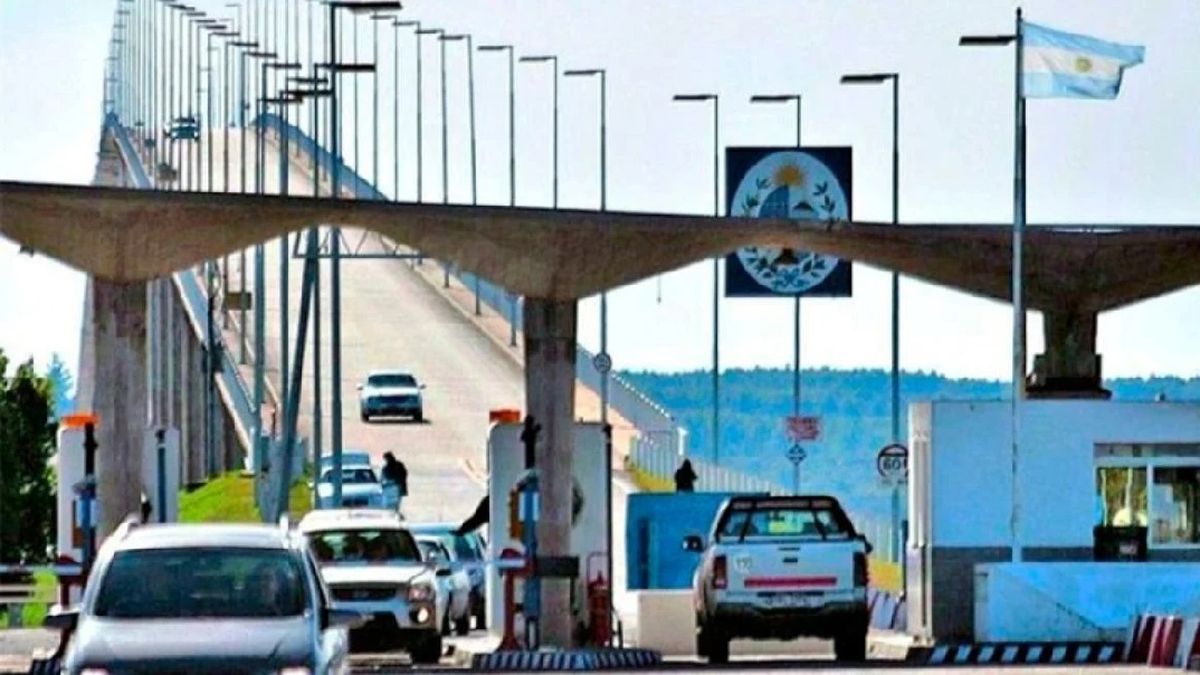The parallel currency broke another record and could reactivate the consumption boom of Uruguayans in the neighboring country.
He Dolar blue again surpassed an all-time high and Argentina continues to become more expensive in dollars, increasing the gap with the official exchange rate and leaving open the possibility that the Uruguayans cross the border again to take advantage of the situation, as happened last year.
The content you want to access is exclusive for subscribers.
The exchange difference has grown again in recent weeks and that factor may be a trigger for the re-floating of the shopping tourism, something that began to slowly re-emerge, according to some leaders.


In the neighboring country, the blue dollar broke a historic barrier and reached 1,500 Argentine pesos, a new record, after rising 35 pesos, according to a survey by Ambit in Argentina.
In this way, the informal exchange rate grew by 5.6% this week and reached its ninth consecutive rise, after a June in which it climbed by 11.4% and a May in which it increased by 17.8%. To top it off, the gap with the official dollar reached 62.8%, the highest level since the devaluation promoted by the president Javier Milei in December 2023.
Is a new opportunity opening up for Uruguayans?
The crossings of Uruguayans are not constant as it happened in 2023, although they have already started to occur. This was warned a month ago by the Mayor of Salto, Andrés Lima, Noting that “queues of cars crossing” were again seen, mainly to buy basic products and load fuel.
The tourism report published this Friday by the Indec, Argentina’s official statistics agency revealed that during May some 52 thousand people visited the country. Uruguayan tourists, representing 14.8% of the total and a decrease of 56.5% in the year-on-year comparison.
However, data from Migrations relieved during the first weekend of the Winter Break They showed that 60,000 people left Uruguay through border posts with Argentina, a number that increased as the hours passed.
In this way, it is possible for families to take advantage of the escalation of Dolar blue to return to the neighboring country, a situation that has already harmed the Uruguayan economy last year, causing problems in the domestic consumption and the collection, as well as in the level of sales and employment, mainly on the coast.
Source: Ambito




